1
HOME > Trends >
THE RISE OF THE FUR-FREE MOVEMENT IN FASHION
HAVE YOU FULLY CONSIDERED THE IMPLICATIONS OF PURCHASING IT?
Written by Bec Loades in Trends on the 8th January 2018
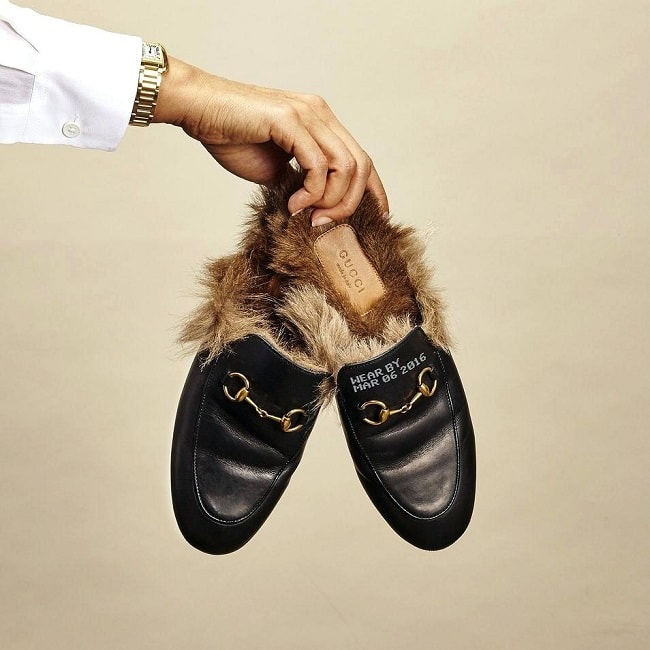
Fur in fashion has always been, and will continue to be a very controversial topic. I am sure someone in your family has at some point come across a vintage fur garment that has been passed down through generations or perhaps it's your personal lifestyle choice to buy fur from a luxury retailer. All I hope is that when it comes to buying fur you have fully considered your reasons for and implications of purchasing such items. Although purveyors of fur claim to monitor their suppliers on the treatment of their animals, there is still a vast amount of cruelty inflicted on these innocent creatures and the numbers that are killed every year remains eye-watering. There has more recently been a gradual shift from using real fur by luxury brands as the development of modern alternatives has pretty much eliminated the need for it. We have developed other materials that are perfectly capable of keeping us warm. What it comes down to today, in the fashion world, is the influence of some luxury brands on consumers as well as whether or not the consumers are correctly informed.
Fur has been present in luxury fashion for many years. Not just on the runways but in photoshoots and in high profile music videos. It has been portrayed as the highest indicator of wealth and success and has therefore unfortunately encouraged many admirers to continue to purchase it. With that comes an increase in demand that causes an unnecessary and disturbing increase in the number of animals killed and sometimes tortured. It is not just Foxes that are killed for fur, but a huge selection of Rabbits, Coyotes, Raccoons, Seals and even Cats and Dogs. There was a drop in the use of fur in the 1980s due to aggressive protesting and anti-fur campaigns, however it rose again due to designers finding new ways to use the material. To this day, there are still around 6000 fur farms in the EU and there has been a dramatic rise in China and Poland, partly due to cheap labour.
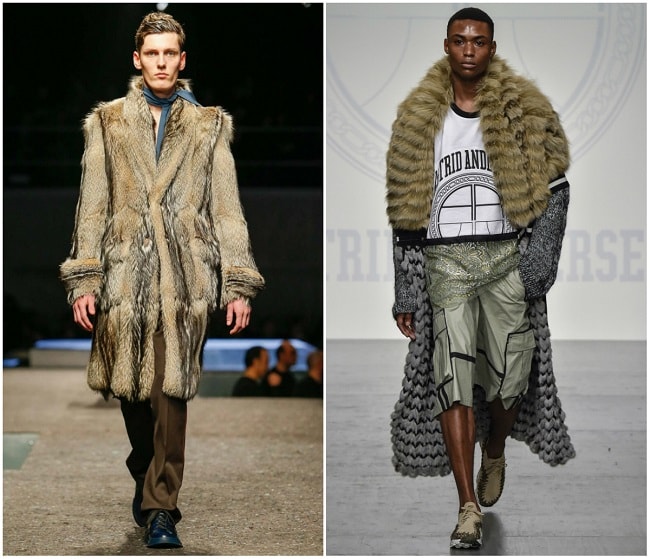
Saying this, there has been a positive move away from fur by some designers in the luxury fashion industry over the last couple of years. One of the biggest moves in 2017 was Gucci announcing their move away from fur. Most recently Michael Kors (along with the recently acquired Jimmy Choo) stated that from December 2018 they will no longer include any real fur in their collections. This is undeniably fantastic news and there is hope that others will follow suit. Of course, there are already designers who are extremely well known for their support of PETA and the correct treatment of animals, such as Vivienne Westwood and Stella McCartney. With men's fashion week fast coming to an end today, it will be interesting to see whether recent announcements will have influenced the coming seasons.
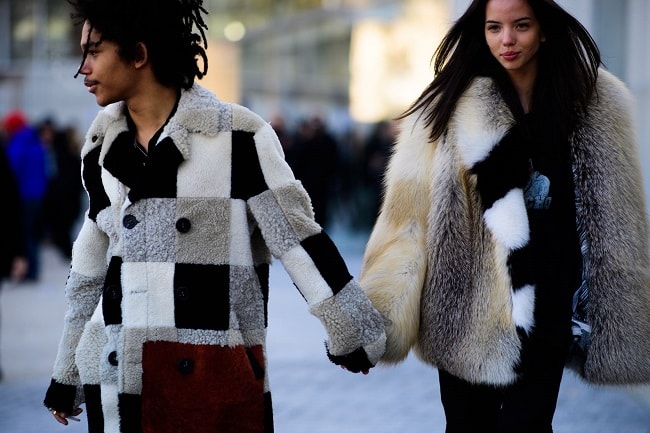
Many UK high-street retailers have remained set against fur and it would normally be extremely hard to find any real fur in popular leading stores such as Topshop and River Island. Unfortunately, it has been discovered recently in a HSI UK and Sky News investigation that retailers; Amazon, Boohoo, TK Maxx and NotOnTheHighStreet have advertised items as faux fur, when actually they are 100% real. A lot of fur from farms these days is being used for cheap trinkets such as pompom keyrings, trimmings for scarves and linings of shoes. For luxury brands these such items, available in real fur, have an extremely high price point. High-street brands have tried to replicate these items claiming they are using faux fur, at a much lower price. With the price point so low, you would be excused in thinking there is no chance it is real. However, I am afraid to say that even at such a low retail price, it is unfortunately still possible as these small items are made from offcuts and discarded pieces.
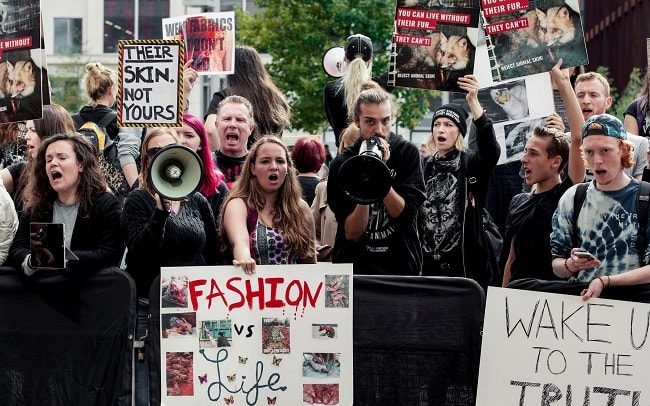
With such developments in technology, it is almost impossible nowadays to decipher between faux and real fur. There is some incredible faux fur out there that feels and looks exactly like the real deal. It is only possible to separate the two by placing it under a microscope. The fibres of real fur have a pointed tip whereas the fibres of faux fur have a rounded tip. Obviously not everyone has immediate access to a microscope when they go shopping so as a consumer we have to put our trust in the retailers and brands to inform us with the correct information. Unfortunately, this trust can be broken as brands have not been labelling their products accurately. The responsibility mainly lies with the brand, however it can even come down to a website copywriter to provide an accurate description of each item, and if it is left to the naked eye, the incorrect information is passed onto the consumer. Currently, the Humane Society International are aiming to offer staff training, along the whole supply chain, with education on differentiating between the two in order to prevent this mislabeling. As a member of the single market, the law does not state that the UK is banned from importing fur (farming fur was banned in 2000) and it also means that when it comes to describing real fur products, the word 'fur' does not need to feature in the description, however it does have to state “contains non-textile parts of animal origin”. This again can cause confusion.
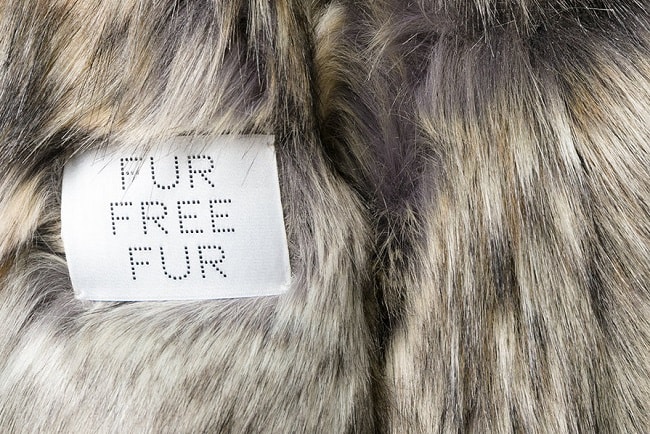
There are arguments both for and against the use of faux and real fur. Of course, consumers who buy fur claim that there is nothing that creates the same warmth as real fur. Designers use real fur for its texture, visual attributes and creative versatility. They also claim that real fur is more sustainable. It has been argued that it lasts longer than faux fur and as it is a natural fibre, it can decompose a lot easier. When it comes to decomposition, faux fur has even been compared to plastic bags (plastic being another major environmental issue). However, what some people may not know is that new fur is treated with severely toxic chemicals to prevent shedding in your wardrobe. Plus, the production of real fur has a major impact on the environment - as when the animals are killed - a huge amount of chemicals are used to help with the disposing of animal bodies. These chemicals seep into the ground/soil where the animal carcasses are stored and are therefore washed into local rivers and the homes of local people. It has even been claimed that these chemicals can be a cause of cancer.
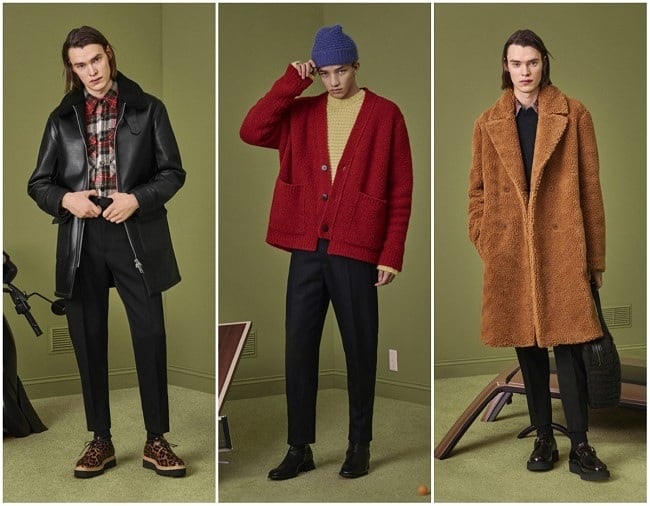
Just a few shocking facts for you to consider; 110 million animals are killed every year for their skins/fur and 60 million are trapped. Shocking, no? 85% of those animals are kept in tiny cages where they hardly have any room to move and are quite often driven into extreme distress where they either end up harming themselves inside the cages or even lead to cannibalism. To make just one fur coat, 35 foxes can be killed, most likely through electrocution and even worse, skinned alive. If they have been captured using metal clawed traps, they are usually left to die of starvation over the period of up to a week. I am sure many of you reading this have seen the shocking images from PETA or other organisations and the jaw-dropping statistics prove just how horrendous the process can be. There are animal welfare associations in place around the world to ensure farms adhere to certain laws and legislations. Some farms follow these rules, however extreme cruelty remains a common place and there is still a lot of work to be done to abolish such behaviour.
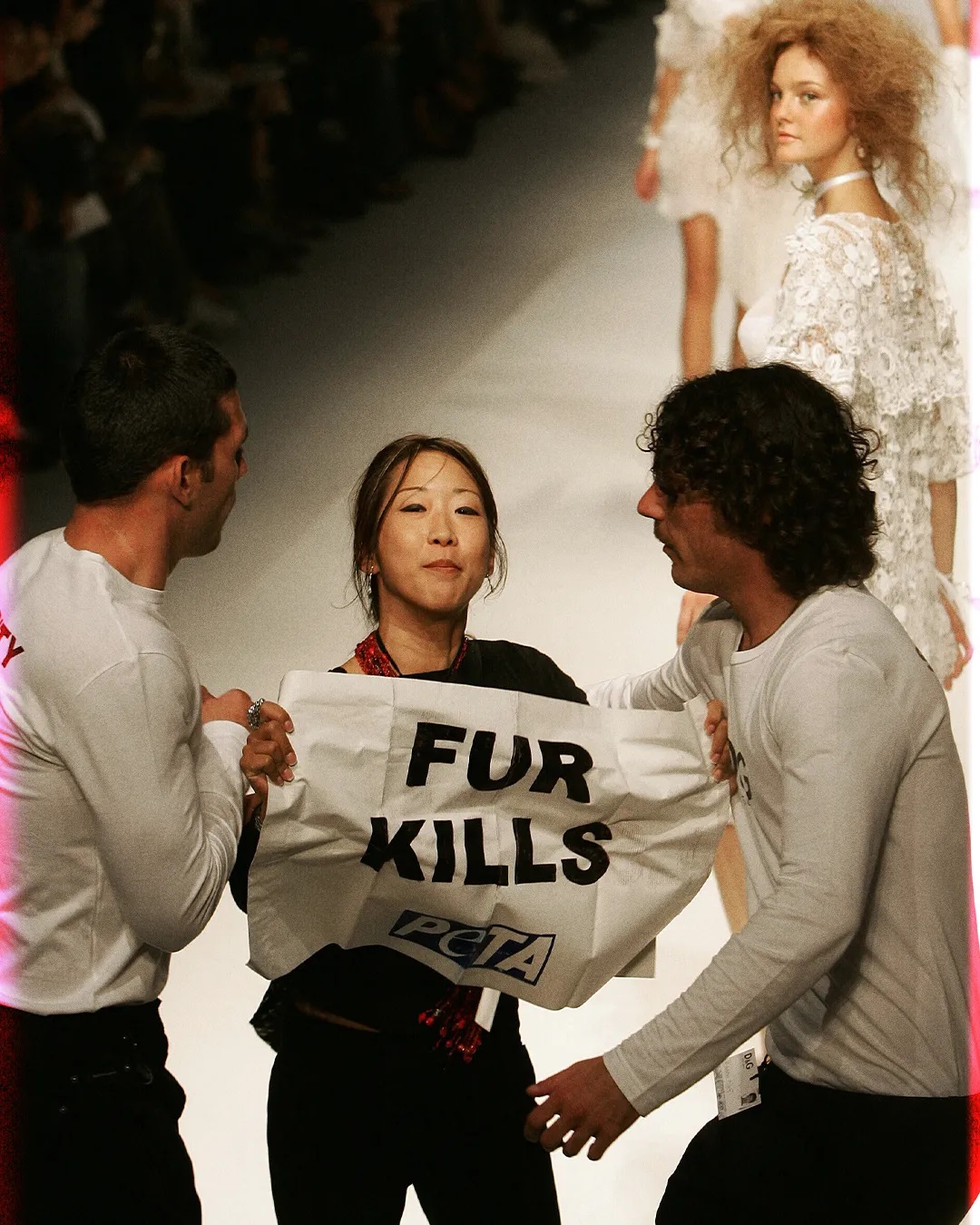
Deciding whether to buy real fur or not is absolutely your personal decision. However, I have to encourage you to do your research. There may be minor draw backs of buying fake fur, but when it comes to looking at how inhumane the majority of these animals are treated, you surely have to think twice about the decision. We need to encourage more designers to look at other options, even if it is claimed the animals are treated fairly. It can never be guaranteed for every single fur produced and the more real fur we buy, the higher the demand. There is definitely a gradual move away from real fur but we also need to make sure that the faux fur we are buying, is genuinely ‘faux’. An even better option is to look at vegan materials by vegan clothing brands. PETA are doing everything they can to prevent fur appearing in our magazines, strutting down the catwalks and sitting lifeless on shop floors. We the consumers are the only ones who can have a positive effect on their statistics.
Would you wear real fur? #Fashion
— Menswear Style (@MenswearStyle) January 8, 2018

Trending
2
3
4
5
6
7
8
9
10












